After our visit to Inland Desert Nursery I came home motivated to start off our small vineyard right from the beginning. Having a close look at what Tom had done I realized how important it was to build a strong support trellis system before the vines had a chance to develop. Observing his trellis system gave me a lot of good ideas. I also realized how expensive trellis construction can be so when I came home I decided to improvise using as many things as I could that were lying around the place. Our vineyard was obviously extremely small, but still part of the goal of sustainability is to use as few outside resources as possible. As a result I tried to take advantage of my junk pile. For my main supports I used cedar posts that had been left over from the corral. I used surplus wire from my fencing supplies and unused drip line from the vegetable garden. My posts were only seven feet long which meant having just five feet out of the ground, but after a little research I discovered that in our colder climate a shorter trellis would be sufficient due to the shorter growing season. I used 10 gauge non-galvanized wires for my main supports after hearing not only how heavy the vines would become when fully mature, but also that galvanized wire can become toxic to the fruit. (I’m not certain that every vintner would agree with this however).
The first thing I did was dig three foot holes several feet beyond the arbor rows in order to construct anchors. These anchors, also known as “dead men”, are used to stretch and hold the support wires taut. I set a steel rod in each hole and filled them with concrete. I used leftover steel electric fence wire posts (again procured from my junk pile) Using an acetylene torch, I twisted the ends into rings so that I could later attach and stretch my wire from them. I then set my cedar posts every sixteen feet down each row. Two grapevines would later be planted between each post. Note that I also set my two outside posts at slight outward angles for extra support (see pictures). I then drilled holes through the posts so that the support wires might be strung through them at appropriate heights. Of the vineyards I observed I had not seen this done, but it seemed like a good idea to me. Most modern vineyards use heavy steel posts that are specially manufactured for this purpose, but again I used what we had laying around.
Finally, I stretched the wires from one end of the row to the other using fencing ratchets (which cost approximately $3 found apiece at places which sell fencing products.) I decided to use these for two reasons: first, because they are excellent for stretching heavy gauge wire; and second, because they can be used at any time to tighten wires the lose tension as the vines increase in weight.
After all my wires where in place I added my drip line, suspending it from the bottom wire. The drip line is generally a foot above the ground so that it is out of the way of weed hoeing and mulching. Note also that I strung my three wires at one foot (drip line wire) 30” and 48” (vine support wires).
Tom told me that if our first season goes well our vines should reach the first wire. He told us to keep only the two most healthy shoots that come off the root to be trained on the 30” wire. These would become the two main vines to be trained on the 30” wire. He recommended that they be twisted when they reach the wire so that one goes each direction. These two vines will grow down the wire four feet in each direction. For this reason each vine is planted eight feet apart. The next year these two main vines will produce shoots that will be attached to the 48” vine and produce rich fruit there in the years to come.

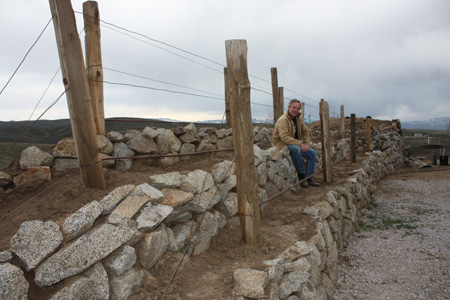
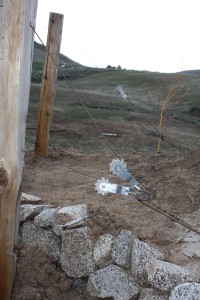
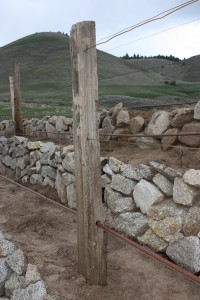
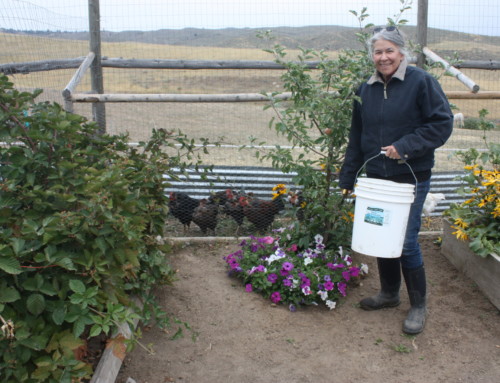
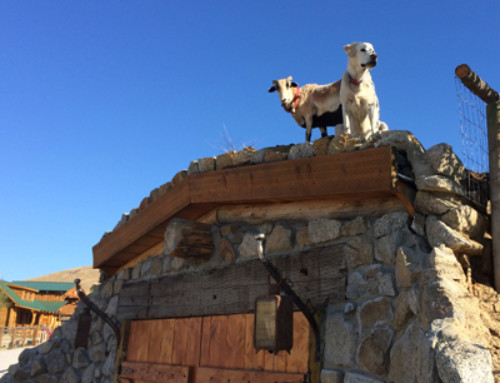
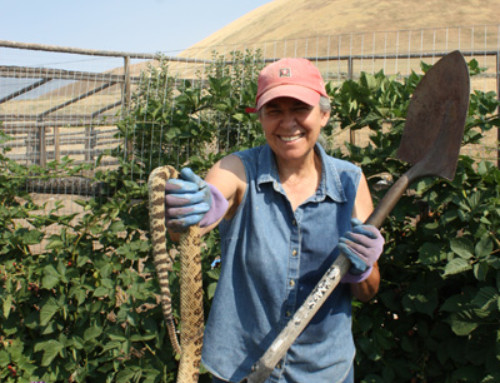
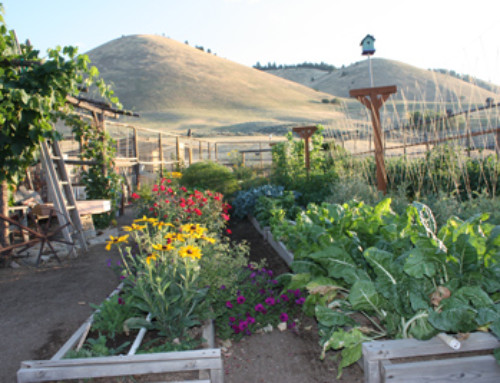
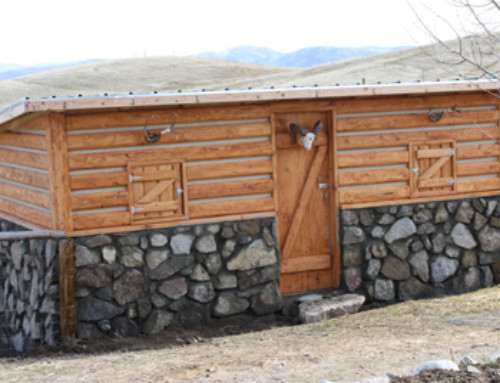

Leave A Comment
You must be logged in to post a comment.